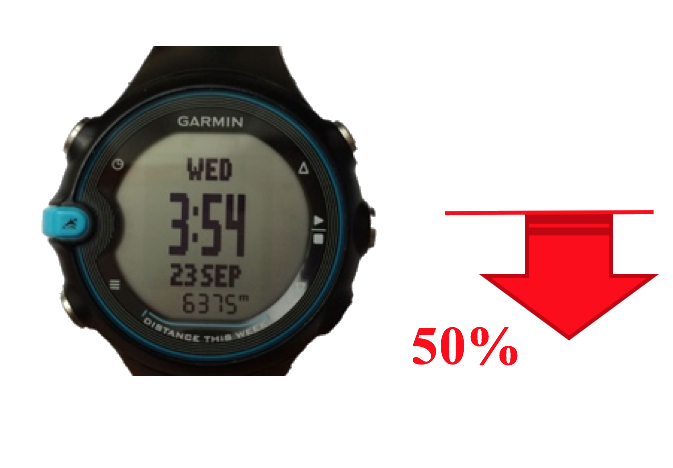


If you're a dedicated swimmer, or even a casual lapper, you may have already tried out Garmin's Swim, a pricey tool that promises to accurately record metrics related to your swimming performance. Garmin, along with other big commercial names, has coasted on brand identity until now, but the data is starting to show that Garmin's Swim has very wide margins of error, with a surprisingly low accuracy rate of just 50%.
While this is shocking news, it shouldn't be. Big fitness brand names often come with slick marketing and a range of special features that can give us the emotional feeling of a solid purchase for our health, but the data simply doesn't always back up the claims. Take FitBit. The wildly popular heart rate tracker has been used by everyone from politicians to celebrities to every day fitness fans hoping to get a leg up on their daily stamina and endurance, but in 2016, a class action lawsuit was filed over, you guessed it: accuracy problems.
This most recent lawsuit was fueled in part due to a recently released scientific study that conducted experiments designed to test the claims of the company. Once consumers got wind of the hard data, they wanted answers and accountability. Too often, especially for large name brands, we tend to buy-in completely and give them our entire trust without any hard proof of the claims they purport to achieve. But the FitBit lawsuit, as well as the recent experiment with Garmin Swim makes clear that we simply cannot trust any big brand without numerical proof and hard data, especially where your health is concerned.
It's important to know what information to trust, especially when it comes to expensive devices that consumers are encouraged to use as a key part of their overall health and wellness plan. So, how does a savvy, fitness minded consumer stay abreast of the latest developments? We're committed to providing clear, accurate, data-driven evidence that will empower consumers to make the right choice. Stay tuned and follow us for additional experiments and data to help you stay informed and up-to-date!